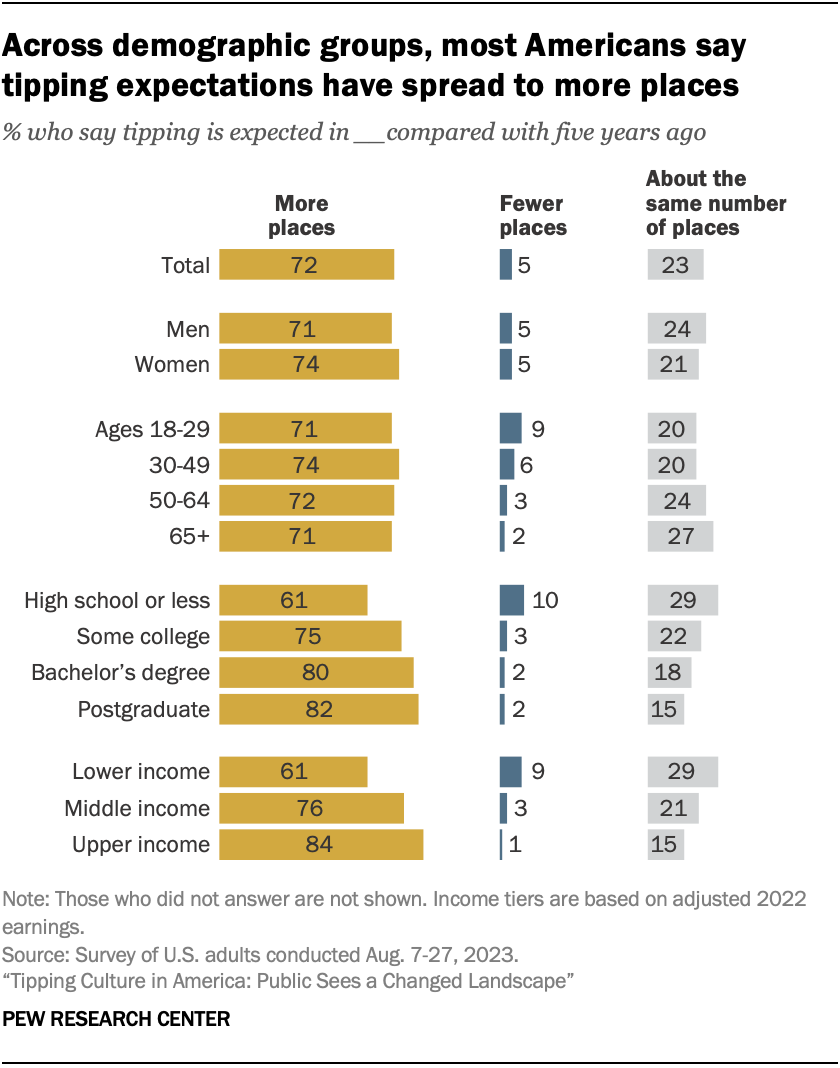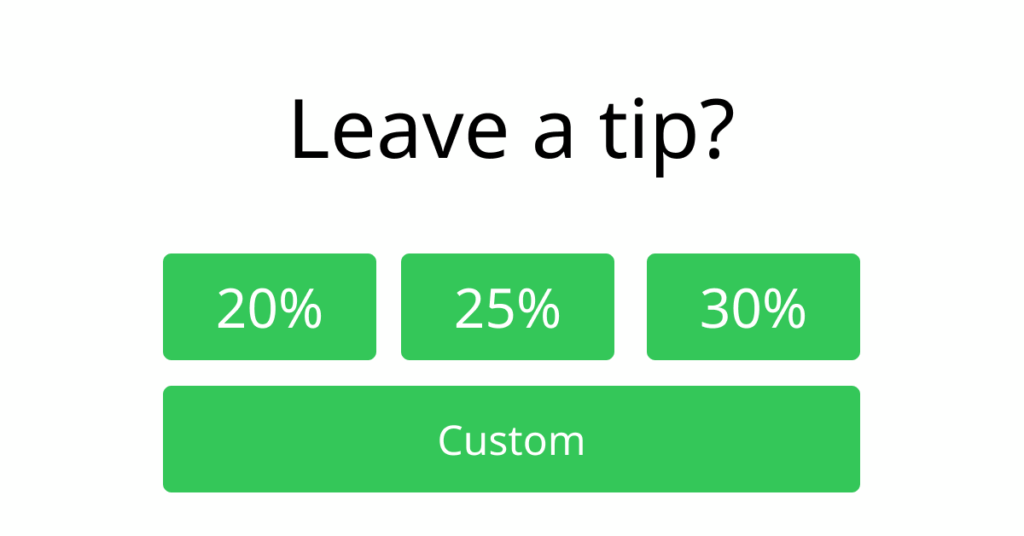I’ve recently spent a lot of time working in the B2C payments space, with a focus on new retail interaction models, modern point-of-sale (POS) systems, and contactless payments. One theme that continues to surface is tipping—particularly the rise of “tipflation” in America.
The Covid-19 pandemic changed payment behavior. Hygiene and safety concerns drove rapid adoption of contactless payments. Alongside this shift, businesses began to integrate value-added services into POS flows—tipping being one of the most visible.
Before the pandemic, tipping was largely associated with full-service restaurants and bars, where it reflected the quality of service. Modern POS systems, however, have broadened the context: consumers are now prompted to tip at coffee shops, quick-service restaurants, and even for takeout.

Today’s tipping experience feels heavily influenced by ride-hailing and delivery apps like Uber, where tipping became seamless, digital, and increasingly expected. This design pattern has migrated into retail, making tipping prompts both more pervasive and more normalized.

The natural response to more frequent tipping requests is frustration, often described with terms like “tipflation”, ‘tip creep’, and “tip fatigue.” According to recent surveys, about one in three people believe tipping culture has become “out of control,” with prompts now appearing at shops, food trucks, and even airline counters. For product designers and developers, this raises an important consideration: while decoupling the tip from the quality of service may drive short-term revenue, it risks eroding customer satisfaction over time. In the long run, tipping fatigue could undermine trust in the payment experience—and the health of the business itself.